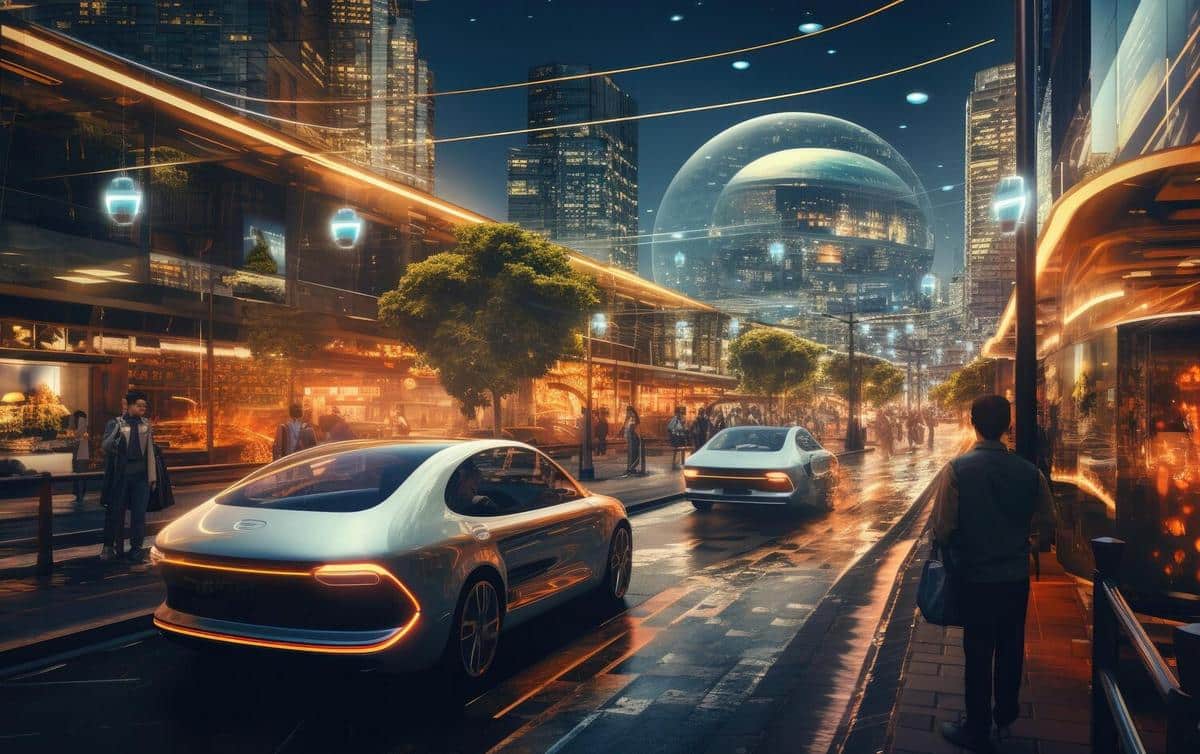
Autonomous Taxis: The Next Big Thing in Transportation
Imagine a city where the streets are filled with vehicles that drive themselves, seamlessly navigating traffic, and providing a stress-free commute for all. This is not a scene from a sci-fi movie; it’s the reality that autonomous taxis are bringing closer each day.
Understanding Autonomous Taxis
Autonomous taxis, also known as self-driving cabs, are vehicles equipped with advanced sensors and software to operate without human intervention. These taxis are part of a larger trend towards autonomous driving, and they promise to revolutionize urban transportation.
What Experts Say
According to a report by McKinsey & Company, the autonomous vehicle industry is expected to generate annual revenues of up to $1.5 trillion by 2030. This growth is driven by the potential benefits of autonomous taxis, such as reduced traffic congestion and increased safety.
Dr. Michelle Thompson, a leading researcher in autonomous systems, states, “The integration of autonomous taxis into our daily transport systems will redefine urban mobility by making it more efficient and accessible.”
Statistics and Research
A study by the Boston Consulting Group revealed that implementing autonomous taxis in urban areas could reduce traffic accidents by up to 90%, primarily because human error is a significant factor in collisions. Furthermore, these vehicles can improve fuel efficiency and reduce emissions, contributing to a cleaner environment.
Real-World Examples
Consider the example of a metropolitan city that introduced a fleet of autonomous taxis for public use. Commuters quickly adapted to the new technology, reporting shorter travel times and a reduction in the stress associated with driving in heavy traffic.
Actionable Tips for Embracing Autonomous Taxis
- Stay informed about local regulations and developments in autonomous taxi services.
- Consider using ride-sharing apps that offer autonomous taxi options.
- Advocate for infrastructure improvements in your community to support autonomous vehicle technology.
Comparison: Autonomous Taxis vs. Traditional Taxis
| Feature | Autonomous Taxis | Traditional Taxis |
|---|---|---|
| Driver | None | Human |
| Operational Cost | Lower | Higher |
| Safety | High (less human error) | Variable |
| Environmental Impact | Reduced emissions | Standard |
| Availability | 24/7 | Limited by driver shifts |
| Technology | Advanced sensors | Basic GPS |
| Passenger Experience | Consistent | Variable |
| Adaptability | High | Limited by human factors |
Frequently Asked Questions
Are autonomous taxis safe?
Yes, autonomous taxis are designed with multiple safety systems to ensure passenger safety, and they have been shown to reduce traffic accidents significantly.
How do autonomous taxis navigate traffic?
These vehicles use advanced algorithms, sensors, and cameras to detect and respond to their surroundings, allowing them to navigate traffic efficiently.
Will autonomous taxis replace traditional taxis?
While autonomous taxis offer numerous advantages, traditional taxis will likely coexist for some time, as the transition to fully autonomous systems will take time and require regulatory changes.
Conclusion
Autonomous taxis are poised to become a transformative force in urban transportation. By reducing congestion, improving safety, and offering around-the-clock service, they present a compelling alternative to traditional taxis. As the technology continues to advance, it is essential for individuals and communities to stay informed and embrace this innovative shift in mobility.